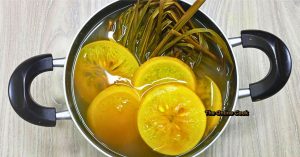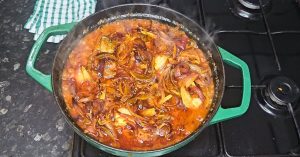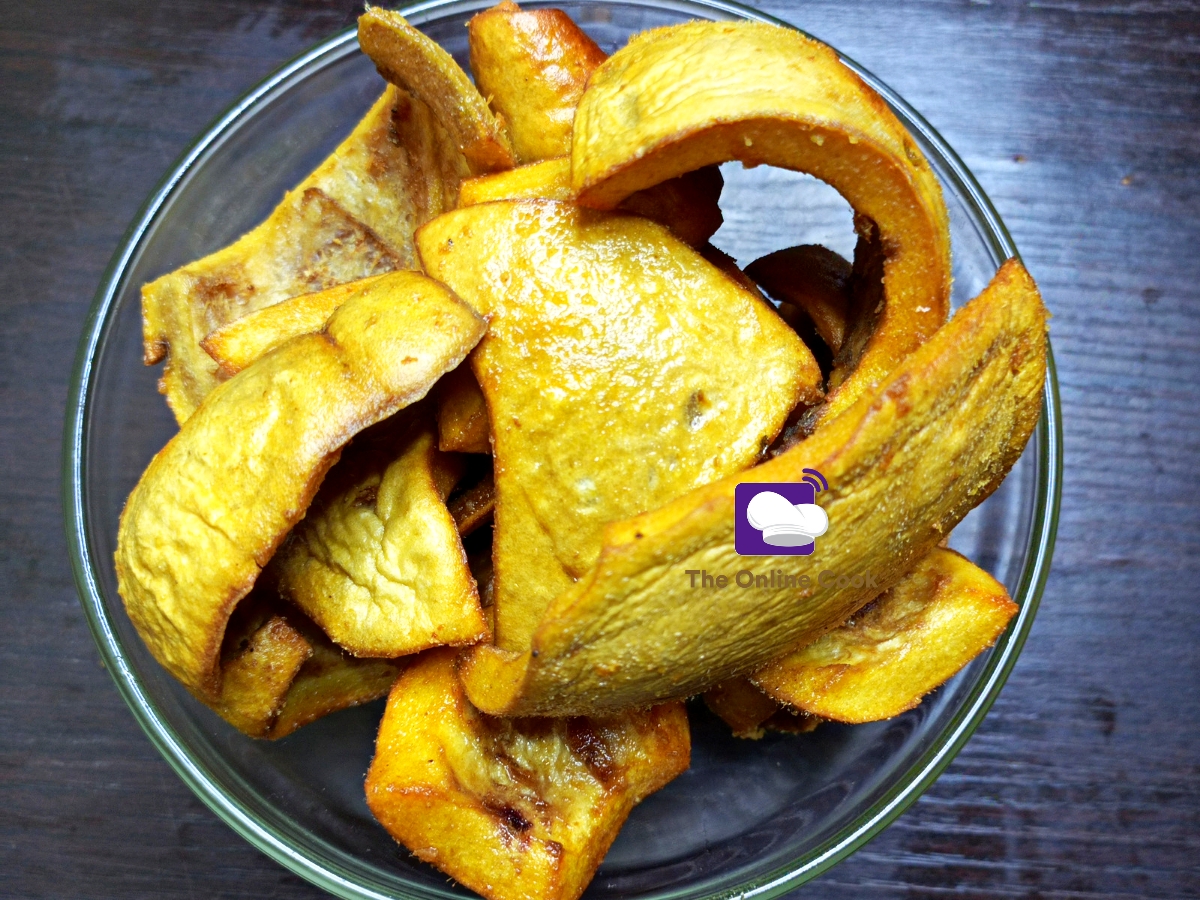
I am excited to share with you this smart recipe on how to turn your fresh white ponmo into dried white ponmo using an easy but efficient method.
When writing about Nigerian dishes and how to prepare them, ponmo is a cheap ingredient that can not be overlooked.
What is Ponmo?
Ponmo is a chewy ingredient made from cow skin. It features prominently in Nigerian cuisine because of the distinct flavour it adds to soups.
The fact is , ponmo can not be absent in most Nigerian soups such Egusi Soup , Ogbono Soup , Efo Riro and many more.
It is also used to make popular Nigerian weekend snack – Peppered Ponmo – which is commonly enjoyed at relaxation spots.
The English name for ponmo is cow skin.
There are two (2) types of ponmo used for Nigerian cooking namely; White Ponmo and brown ponmo.
In this blog post I will be sharing the best way on how to make dried white ponmo that can last for up to six months without being kept in the fridge or freezer.
First, I think I should briefly write about brown ponmo.
Brown ponmo/Ponmo Ijebu
The Popular name for brown ponmo is Ponmo Ijebu or Ijebu ponmo.
As the name implies, this type of ponmo changes from black colour to a brown after cleaning.
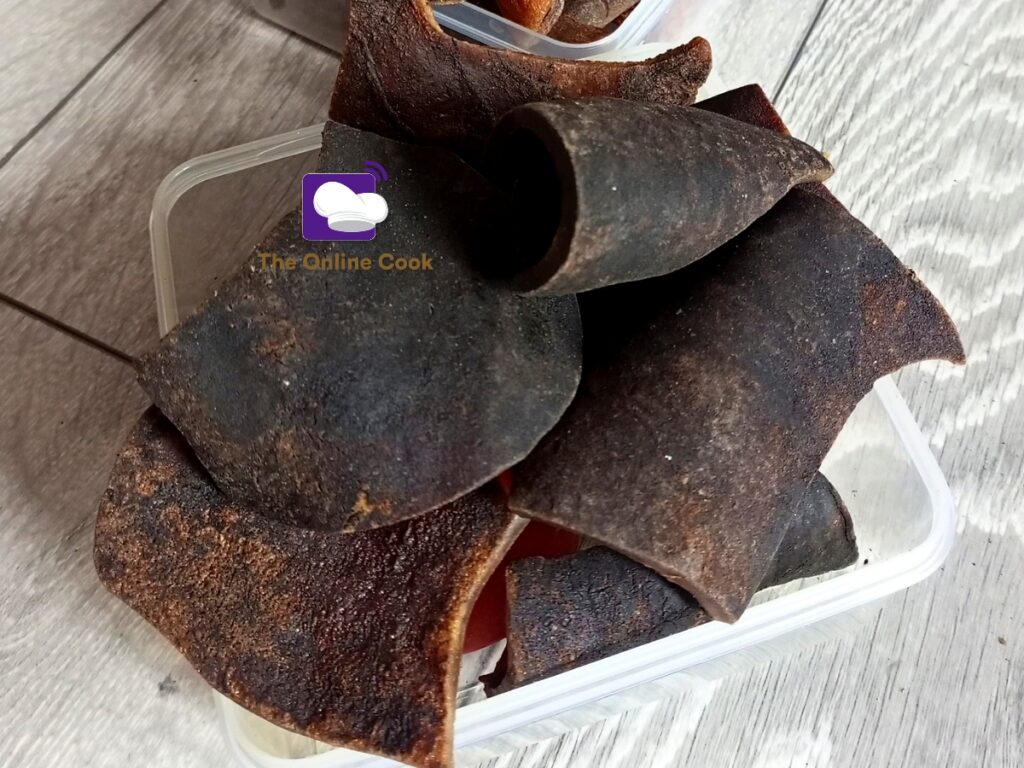
This is the picture of ponmo ijebu before cleaning.
Ponmo Ijebu gets its brown colour because of the way it was processed.
This particular type of ponmo is processed by burning the hairs off the cow skin till it is dried.
As a result, even after the ponmo has softened or has been cleaned it still retains the brown colour it got during the burning process.
Click the link to read more about Ponmo Ijebu | How To Clean Ponmo Ijebu.
You can also watch the video on my YouTube channel here
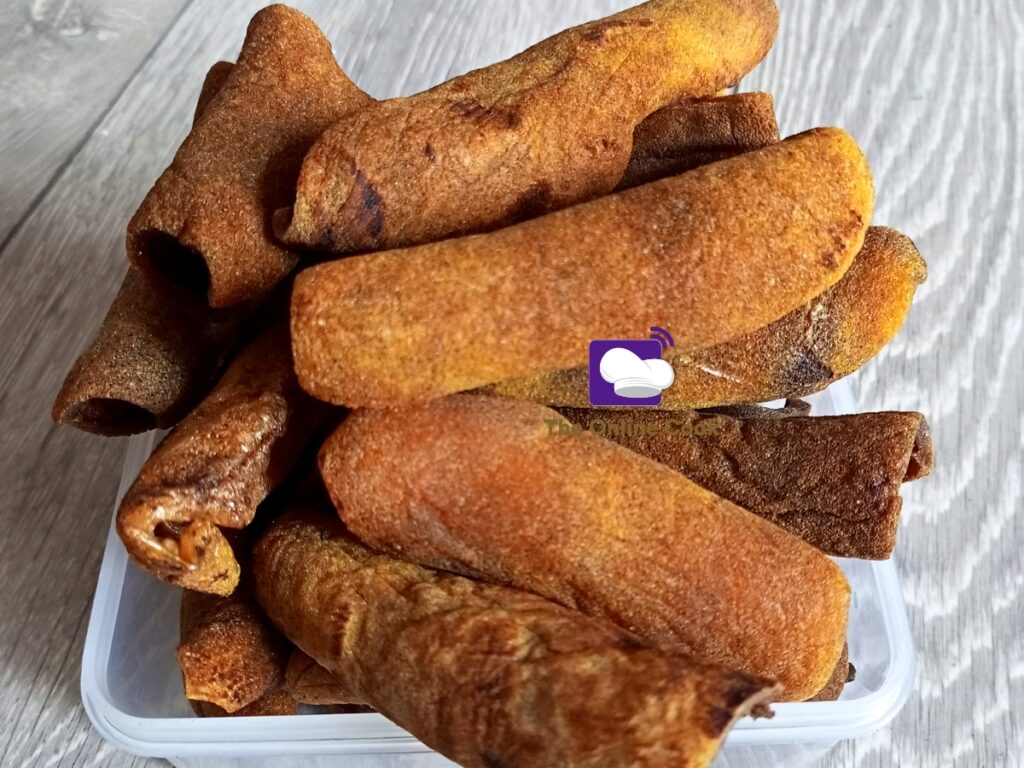
The best way to enjoy easy and convenient cooking is by using clean and dried ponmo Ijebu.
This will save you a lot of preparation and cleaning time.
Are you interested in clean ponmo Ijebu, shop for authentic ponmo Ijebu from our shop here https://yournativefoodstore.com
Now I will write about white ponmo and what makes it different from brown ponmo.
White Ponmo
This type of ponmo is white in colour because of the way the hair on the cow skin is processed.
White ponmo retains its white colour because the hair is removed with hot water and knife instead of by burning.
The result of this processing method is white fresh ponmo unlike ponmo Ijebu which becomes dark brown and dried.
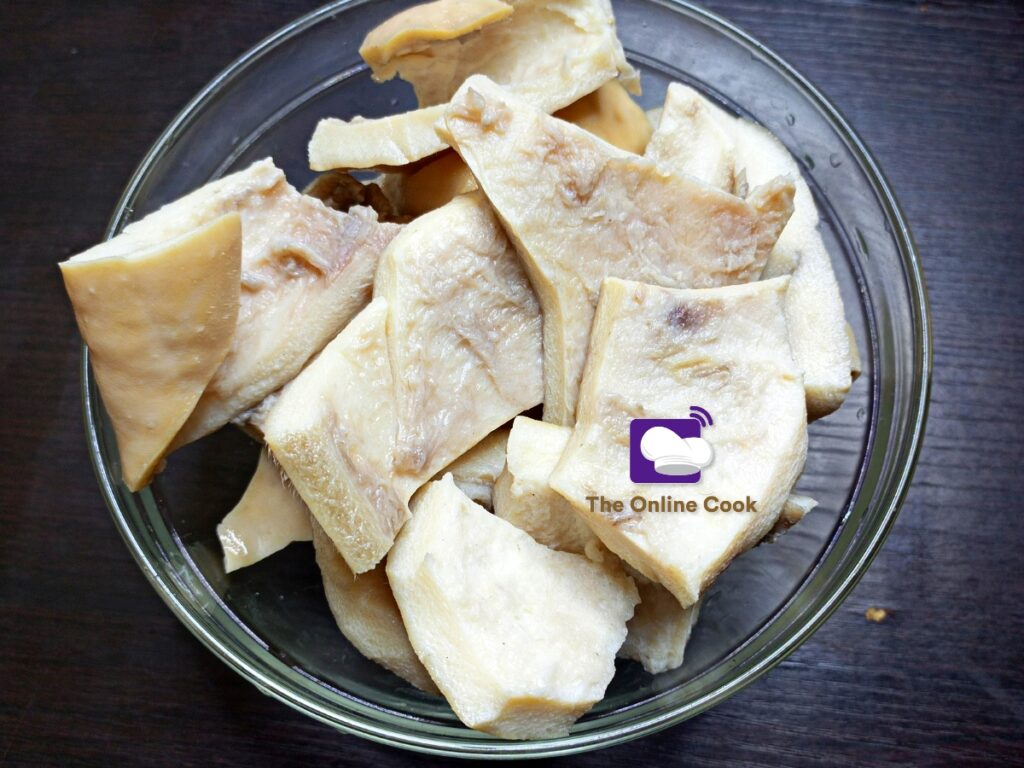
To store fresh white ponmo, you must refrigerate it or freeze. Many people think this is the only way you can store it.
Follow the steps below If you would like to store your ponmo easily without putting it in the refrigerator or freezer.
The amazing part is that you need just two ingredients for this.
Ingredients for dried white ponmo
- White ponmo
- Vegetable oil
How to make dried white ponmo
- Fill a big bowl with water
- Pour the fresh white ponmo into the bowl of water
- Clean the white ponmo with a knife to remove all the dirt attached
- Set the white ponmo aside after cleaning
- Set your cooker to high heat
- Place your frying pan on the cooker
- Add 2 1/2 cups of vegetable oil into the frying pan
- Let the oil become very hot
- Scoop white ponmo into the hot oil – be careful not to put too much ponmo in the oil
- Fry both sides of the ponmo for 30 minutes or till is shrinks well and becomes dried
- Put your basket into a small bowl to collect the excess oil that will drain from the basket
- Scoop out the fried and dried ponmo from the hot oil into the basket
- Repeat process 9 to 12 till you finish frying all the white ponmo you have.
- Allow ponmo cool down completely before storing.
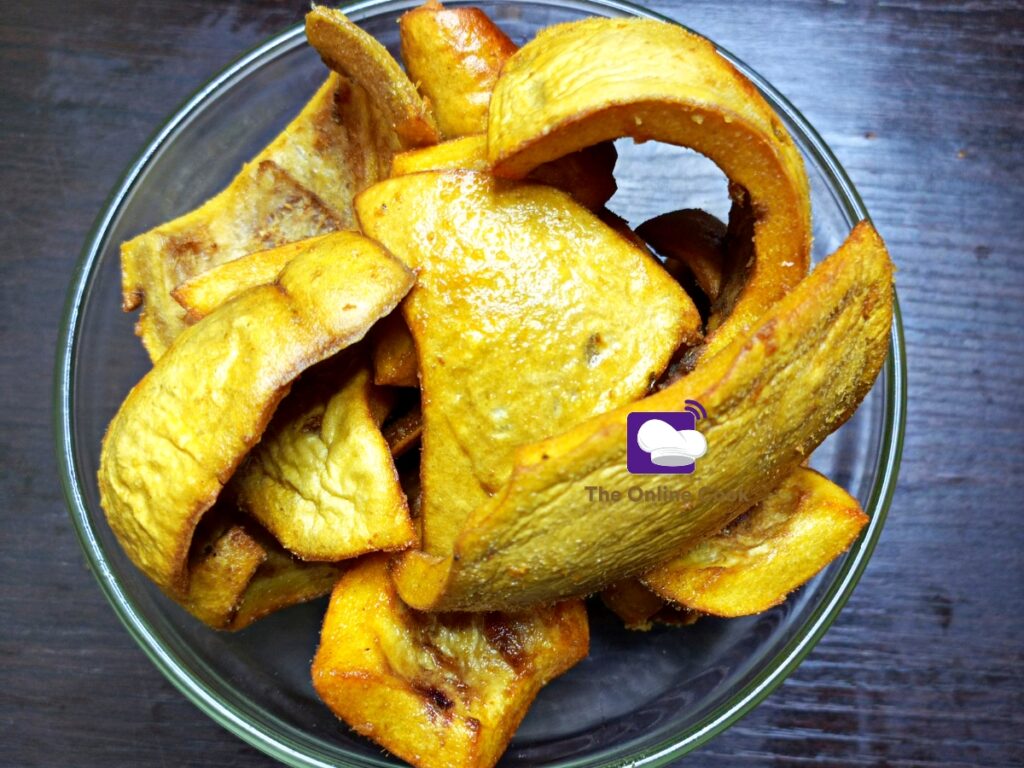
Dried Ponmo can be stored in a spacious airy environment away from water.
Join many other subscribers to become a member of this blog to get email notification every time new recipes are uploaded.
You can also connect with me on YouTube by subscribing to my YouTube Channel here
Below is a video of this simple recipe, which you can watch for free on by simply clicking on the video icon below.
Support me on YouTube by clicking the like button on my video, Sharing my videos and don’t forget to tell me what you think about my recipes by leaving your comment.
Thank You for the time spent on the blog reading my recipes.
The Online Cook ©2023
